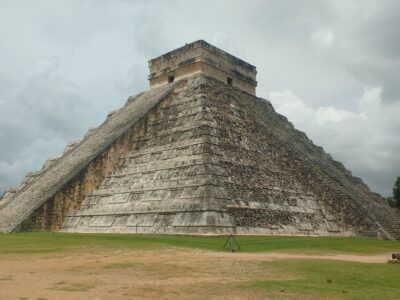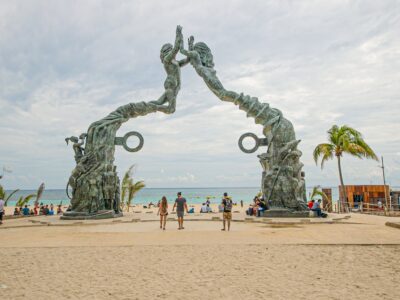(El Momento Yucatan).- Every year, as winter fades and the days grow longer, the arrival of the spring equinox marks a moment of balance and renewal.
Occurring around March 20th or 21st, the equinox is one of the two times in the year when day and night are nearly equal in length, a phenomenon that has fascinated civilizations for millennia.
In many cultures, it is a time of transition, symbolizing fertility, rebirth, and the cyclical nature of life. In Mexico, the equinox is particularly significant, as it aligns with ancient traditions and beliefs that predate the Spanish conquest.
For the Maya and Aztecs, the movement of the sun dictated rituals, agricultural cycles, and even architectural designs.

Some of the most remarkable equinox-related structures are found in pre-Hispanic sites like Chichén Itzá, where the famous pyramid of Kukulkán creates a mesmerizing light-and-shadow effect during the equinox.
As the sun descends, a serpent-like shadow appears to slither down the steps of the pyramid, a spectacle believed to represent the descent of Kukulkán, the feathered serpent god.
This cosmic alignment reinforced the Maya’s deep understanding of astronomy and their connection to the natural world.

The Teotihuacan pyramids, near modern-day Mexico City, also play a role in equinox traditions. Thousands of visitors gather at the Pyramid of the Sun to absorb what is believed to be an influx of cosmic energy.
With information from El Momento Yucatan
TYT Newsroom
The post The Spring Equinox and its significance in Pre-Hispanic cultures first appeared on The Yucatan Times.














